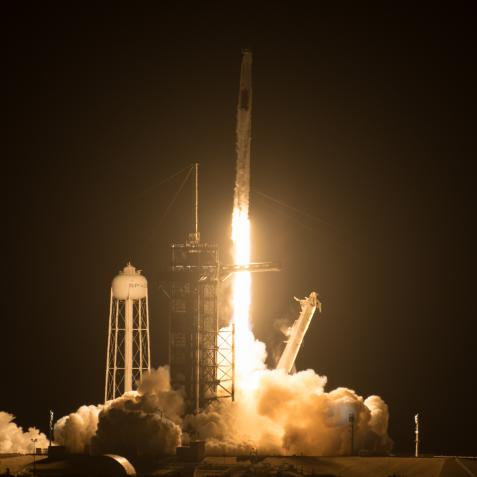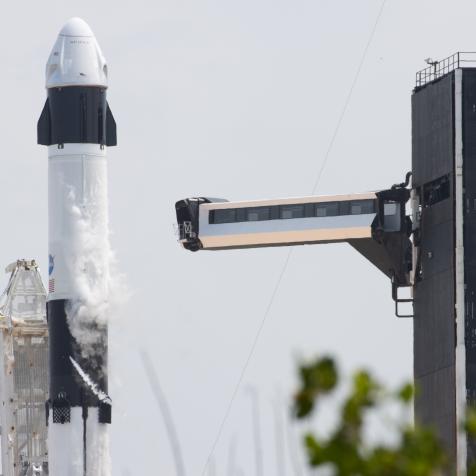
SpaceX
SpaceX Test Flight Ends in Explosion
An experimental rocket launched by SpaceX on Wednesday, December 9 exploded after launching 8 miles into the air. Elon Musk says that this test was still a success.
On Wednesday, December 9th an unmanned test rocket called SN8 was more or less expected to have a fiery demise. This test of the 160 foot tall ship had a one in three chance of safely landing, not great odds, but this test was still considered successful.
Learning from their mistakes, the California company expects some future version of this Starship to act as a cargo ship, if you will, one day eventually making the trip to establish a settlement on Mars. The starship that was tested had only three engines, future iterations will need six rocket engines, plus a booster to successfully reach the heights of space-- usually around 62 miles above Earth.
The endgame for this craft is to complete a return to Earth where it would free-fall just before reaching its final destination and correct itself upright for a successful landing.
SpaceX continues to lead the charge in the privatized space race. Success in space has become synonymous with the company during their partnership with NASA. Most recently the SpaceX Crew Dragon Spacecraft powered by the Falcon9 reusable rocket, successfully brought four astronauts to the International Space Station.
The excitement around this launch, even thought it ended is explosion, continues to grow as the future of civilian space flght inches closer.


















